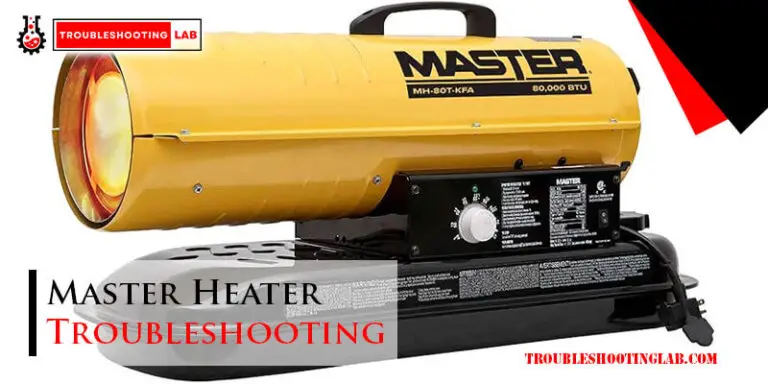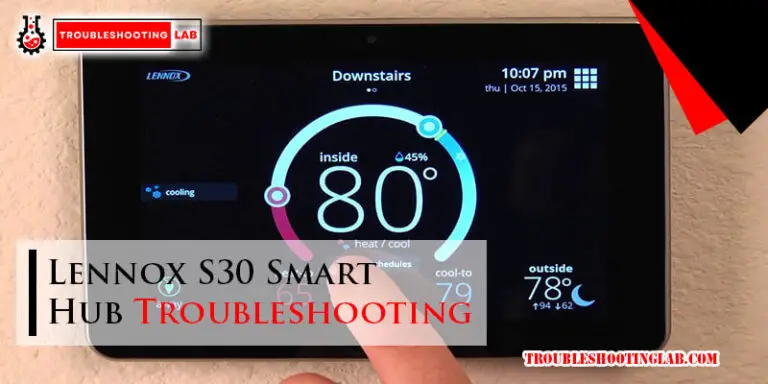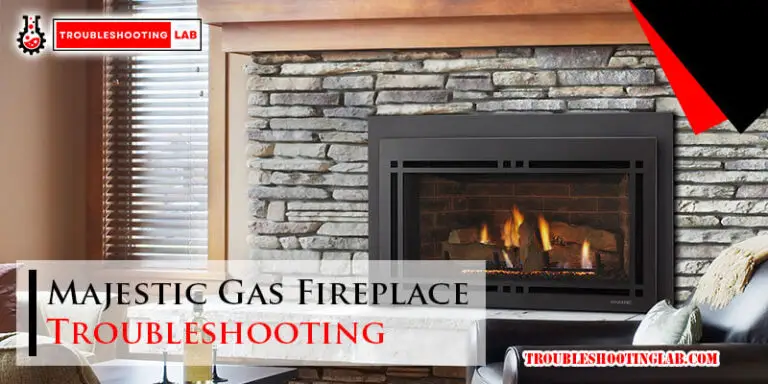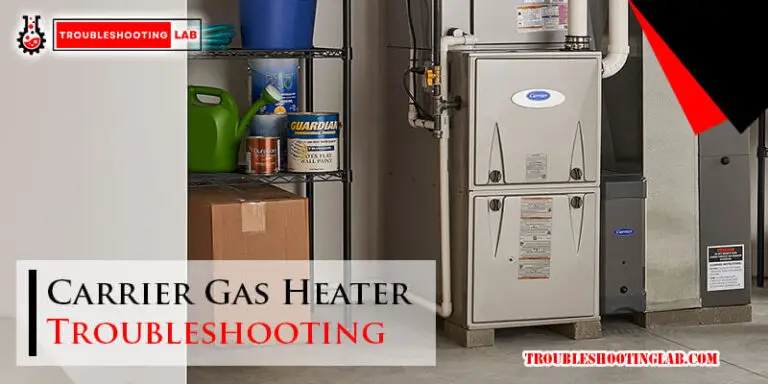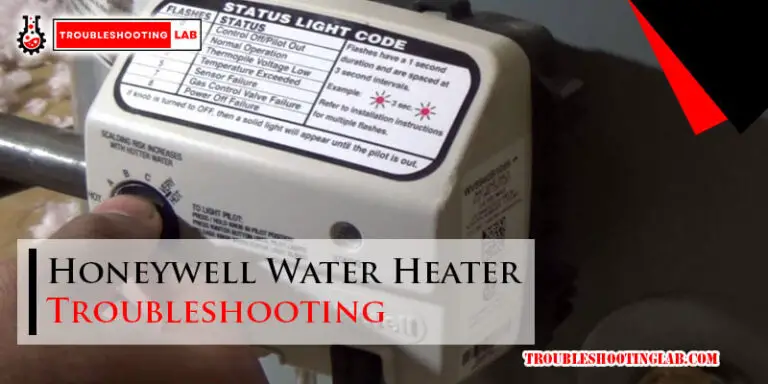Atwood Rv Furnace Troubleshooting: Quick Fixes and Tips
Dealing with a malfunctioning Atwood RV furnace can be frustrating, especially when you’re trying to enjoy a cozy camping trip or a peaceful road adventure. But before you panic or rush to call a technician, take a deep breath.
Many common furnace issues can be fixed with a little troubleshooting—and that’s exactly what this guide is here to help you with. Imagine getting your furnace back to working perfectly without spending extra on repairs. Sounds great, right? This article will walk you through simple, effective steps to identify and solve the problem.
Whether your furnace won’t ignite, it’s blowing cold air, or it’s making strange noises, we’ve got you covered. Stick around—you’ll feel confident tackling the issue by the time you’re done reading.
Common Furnace Issues
Atwood RV furnaces are vital for keeping your RV warm during cold weather. Like any appliance, they can develop problems over time. Understanding common furnace issues can help you troubleshoot and fix them quickly. Below, we explore some frequent problems and their potential causes.
Furnace Not Turning On
A furnace that won’t start can be frustrating. First, check the power supply. Ensure your RV is connected to a working power source. A blown fuse or tripped breaker can also stop the furnace. Inspect the thermostat settings and confirm it’s set to heat mode. Low propane levels might prevent the furnace from starting. Refill the tank if needed. Lastly, examine the furnace’s ignition system for any faults.
Inconsistent Heating
Uneven heating can make your RV uncomfortable. Dirty air filters are a common reason. Blocked filters reduce airflow and cause inconsistent temperatures. A malfunctioning thermostat can also lead to temperature fluctuations. Try recalibrating or replacing it. Poor ductwork design or blockages might disrupt heat distribution. Inspect the ducts for obstructions or damage.
Strange Noises During Operation
Unusual sounds often indicate mechanical issues. Rattling noises may mean loose components. Tighten screws and connections to fix this. Whistling sounds can result from clogged air filters. Clean or replace the filter to restore normal airflow. Grinding noises might signal a problem with the blower motor. Lubricate or replace the motor if needed.
Furnace Blowing Cold Air
A furnace blowing cold air defeats its purpose. Empty propane tanks are a frequent cause. Refill the tank and check the supply line for leaks. A faulty ignition system can also prevent the furnace from producing heat. Inspect and clean the igniter or replace it if damaged. Lastly, a dirty burner assembly can hinder proper heating. Clean the burners thoroughly to ensure efficient operation.
Checking Power Supply
Ensuring your Atwood RV furnace has a steady power supply is the foundation of troubleshooting. Without reliable power, the furnace simply won’t function, leaving you in the cold. Let’s walk through the key steps to check and restore power to your furnace.
Inspecting The Circuit Breaker
Start by locating your RV’s circuit breaker panel. It’s usually near the power distribution area or under the main control panel.
Look for any tripped breakers. A tripped breaker will often sit in the middle position between “on” and “off.” Flip it fully to “off” and then back to “on.”
Still no power? Consider whether a surge or overload might’ve caused the trip. If this happens repeatedly, it’s worth consulting a technician to investigate further.
Testing The Thermostat
Your thermostat might seem like a minor detail, but it’s a key player in the furnace operation. Double-check it’s set to heat mode and the temperature is above the current room temperature.
Try adjusting the temperature up by a few degrees. If the furnace still doesn’t kick on, you might need to test the thermostat’s wiring or replace its batteries.
If you’re unsure about wiring, a simple way to test is by bypassing the thermostat with a jumper wire. This can tell you if the thermostat itself is faulty.
Verifying Battery Connections
Your RV furnace often relies on the RV’s battery to function. Check the battery connections to make sure they’re clean and secure.
Corroded terminals can block power flow. Use a wire brush to gently clean off any buildup, then tighten the connection points.
Is your battery fully charged? A drained battery won’t supply enough power. Invest in a multimeter to test its voltage—12.6 volts or higher indicates it’s healthy.
Have you ever overlooked something simple like a loose wire or a dead battery? These quick fixes can often save hours of frustration. Taking the time to inspect these elements can get your furnace back to heating your RV quickly and efficiently.
Inspecting The Propane System
When your Atwood RV furnace isn’t working, the propane system is often the first place to look. A malfunction in this area can leave you shivering during chilly nights. Inspecting the propane system step by step can save you time, frustration, and possibly a costly repair bill.
Ensuring Propane Tank Is Full
A surprisingly common issue is an empty or nearly empty propane tank. Even if you think the tank has enough gas, double-check it. Gauges can sometimes be inaccurate, especially older ones.
Disconnect the tank and give it a light shake. Does it feel unusually light? If so, it may be time for a refill. Always keep a spare tank handy—it’s a lifesaver during unexpected furnace troubles.
Checking Propane Valves
Propane valves can sometimes be overlooked, but they’re crucial for proper furnace operation. Ensure the valve on your propane tank is fully open, but don’t force it. A partially open valve can restrict gas flow and cause your furnace to struggle or fail to ignite.
Next, check the RV’s onboard propane shutoff valve. Is it in the “On” position? If not, switch it on and see if your furnace starts working. A quick adjustment here might resolve the issue without requiring any tools.
Identifying Gas Line Leaks
Gas line leaks are a serious safety hazard and should be addressed immediately. To check for leaks, mix a small amount of dish soap with water in a spray bottle. Spray the solution along the propane lines, connectors, and fittings.
If you see bubbles forming, that’s a clear sign of a leak. Turn off the propane supply immediately and avoid using the furnace until the leak is fixed. Don’t try to repair significant leaks yourself—call a professional for help.
Have you ever assumed your furnace was broken, only to find out it was a simple propane issue? Don’t overlook these small but crucial steps when troubleshooting. A little attention to detail can save you from freezing nights and unnecessary stress.

Credit: holidaygolf.com
Cleaning Furnace Components
Keeping your Atwood RV furnace clean is essential for efficient operation and a cozy RV experience. Dust, debris, and buildup can hinder your furnace’s performance, leaving you shivering on cold nights. Regularly cleaning its components ensures better airflow, stronger heat output, and a longer lifespan for your furnace.
Clearing The Air Intake
The air intake is where your furnace breathes, so it’s critical to keep it free of obstructions. Start by locating the intake vent, usually accessible from the exterior of your RV. Use a soft brush or a vacuum attachment to clear away dirt, leaves, or spider webs that might be clogging it.
Don’t forget to check for grease or sticky residue, especially if you cook often inside your RV. A damp cloth with mild soap can help remove stubborn grime. Ask yourself—when was the last time you checked this? A quick cleanup could make a big difference in airflow.
Removing Dust From Burners
Burners are the heart of your furnace, where the actual heating happens. Dust and debris can block the burner ports, leading to uneven heating or worse, a complete shutdown. First, turn off the furnace and disconnect the propane supply for safety.
Use compressed air to gently blow dust off the burner assembly. Be thorough but careful not to damage the ports. If you notice rust or excessive residue, it may be time to replace the burners entirely. A clean burner leads to consistent, reliable heating—something every RVer appreciates on a chilly night.
Inspecting The Blower Motor
The blower motor is what circulates warm air throughout your RV, so it needs to be in top shape. Remove the furnace cover and visually inspect the motor for dirt, lint, or debris. Use a soft brush to clean its surface, and consider applying a bit of lubricant to its moving parts if it looks dry.
Listen to the motor when the furnace is running. Is it making odd noises or running slower than usual? If so, cleaning might not be enough, and you could need a replacement. A smooth-running blower motor ensures every corner of your RV gets warm, not just the area near the furnace.
Cleaning these components isn’t just about maintenance—it’s about your comfort. A little effort now can save you from inconvenient breakdowns later. So, when’s the next time you’ll give your furnace a deep clean?
Resetting The Furnace
Resetting your Atwood RV furnace can often solve unexpected issues, especially if the furnace stops working or behaves strangely. Knowing how to reset it properly can save you time and frustration during your travels. However, resetting isn’t always the solution, and understanding when to avoid it is equally important.
Locating The Reset Button
The reset button on most Atwood RV furnaces is typically located near the blower motor or control panel. You might need to open the furnace access panel to find it. Look for a small, red or black button marked “Reset” or “Manual Reset.”
If you’re unsure, consult your furnace’s manual or check online resources specific to your model. A quick search with your furnace model number can often lead to helpful diagrams and instructions.
Don’t forget to turn off the furnace and disconnect power before accessing the reset button. This ensures your safety while working on the unit.
Steps To Perform A Reset
- Turn off your RV furnace using the thermostat or power switch.
- Locate the reset button as mentioned earlier.
- Press the reset button firmly for a few seconds and release.
- Restore power and turn the furnace back on to test its functionality.
If the furnace doesn’t start working immediately, give it a few minutes. Sometimes, the system needs time to recalibrate after a reset.
Repeat the process only once if the issue persists. Frequent resets might indicate a deeper problem requiring professional assistance.
When To Avoid Resetting
Not all furnace issues can be fixed with a reset. If your furnace smells like gas or you hear unusual noises, avoid resetting and prioritize safety. These signs could point to a gas leak or mechanical failure.
Also, avoid resetting if the furnace repeatedly shuts down or trips after a reset. This often signals a problem with the electrical system or internal components.
Think about it—resetting is meant to resolve minor glitches. When problems seem more severe, it’s time to call a certified RV technician. Why risk turning a small issue into a bigger one?
Testing Safety Features
If your Atwood RV furnace isn’t working as it should, one of the most crucial steps in troubleshooting is testing its safety features. These features are designed to protect you and your family from potential hazards, so making sure they function properly is non-negotiable. Let’s dive into two key components you should check: the limit switch and your carbon monoxide detector.
Inspecting The Limit Switch
The limit switch is a critical safety component in your Atwood RV furnace. Its job is to prevent the furnace from overheating, which could lead to damage or even a fire. Testing this switch ensures your furnace shuts down when temperatures get too high.
To inspect the limit switch, first, turn off the furnace completely and disconnect the power. Then, locate the switch—usually near the burner assembly or heat exchanger. Use a multimeter to test for continuity. If the switch doesn’t show continuity when the furnace is off, it may be faulty and needs replacing.
Have you noticed your furnace cycling on and off too quickly? That could also be a sign the limit switch is malfunctioning. Replacing a faulty switch isn’t overly complicated and can save you from bigger issues later.
Checking Carbon Monoxide Detector
Your RV’s carbon monoxide detector is a silent guardian. If your furnace malfunctions, it could release carbon monoxide—a colorless, odorless gas that’s highly dangerous. You should never assume the detector is working without testing it.
Press the test button on your detector to ensure it’s operational. If it doesn’t beep, check the batteries or replace the unit entirely if it’s over five years old. Remember, a working carbon monoxide detector is your first line of defense.
Here’s a tip: make it a habit to test the detector monthly, especially during the winter months when your furnace runs more frequently. It only takes a minute but could save lives.
Have you ever thought about what you would do if your detector went off? Make sure everyone in your RV knows the emergency plan—this is a step often overlooked but crucial for safety.
Testing these safety features doesn’t take long but can make all the difference. Your furnace is essential for comfort, but safety always comes first.
When To Call A Professional
Atwood RV furnaces are reliable, but sometimes issues can arise. While minor problems are often fixable with basic troubleshooting, certain situations demand professional help. Knowing when to call an expert ensures your furnace is repaired correctly and safely.
Signs Of Major Repairs
Unusual noises indicate serious internal damage. Grinding or banging sounds point to mechanical problems that require specialized tools.
If your furnace fails to heat consistently, this may signal a malfunctioning thermostat or a major electrical issue. These repairs often need professional diagnostic equipment.
A persistent gas smell is a safety hazard. Gas leaks can lead to dangerous situations and should always be handled by a certified technician.
Avoiding Diy For Complex Issues
DIY fixes can worsen complex problems. Incorrect repairs may damage parts or void warranties.
Modern RV furnaces have advanced electronics. These systems often need technical knowledge to troubleshoot properly.
Professional technicians are trained to handle safety concerns. Their expertise ensures proper repairs without risking further damage.

Credit: www.youtube.com
Preventative Maintenance Tips
Maintaining your Atwood RV furnace ensures it runs efficiently and lasts longer. Simple preventative steps can prevent costly repairs and keep it in top shape. Regular care also helps avoid unexpected breakdowns during trips.
Scheduling Regular Inspections
Inspect the furnace at least twice a year. Check for cracks, rust, or loose wires. Early detection of issues can save time and money. Make sure the vent is free from blockages. A clogged vent can reduce efficiency and cause overheating.
Replacing Filters Periodically
Filters trap dust and debris, protecting the furnace from damage. Replace filters every three months during heavy use. Dirty filters restrict airflow, causing the furnace to work harder. Regular replacement improves efficiency and indoor air quality.
Storing The Rv Furnace Properly
Store the furnace in a dry, cool location during off-season. Moisture can lead to rust and damage internal components. Cover the furnace to protect it from dust and pests. Before storing, clean it thoroughly to remove buildup from regular use.

Credit: www.reddit.com
Conclusion
Troubleshooting your Atwood RV furnace doesn’t have to be overwhelming. Start with simple checks like power supply and thermostat settings. Clean filters and vents to improve airflow and performance. Addressing minor issues early can prevent costly repairs later. If problems persist, consult a professional for safe and proper repairs.
Regular maintenance keeps your furnace running efficiently for longer. Stay proactive, and your RV adventures will remain warm and comfortable.

